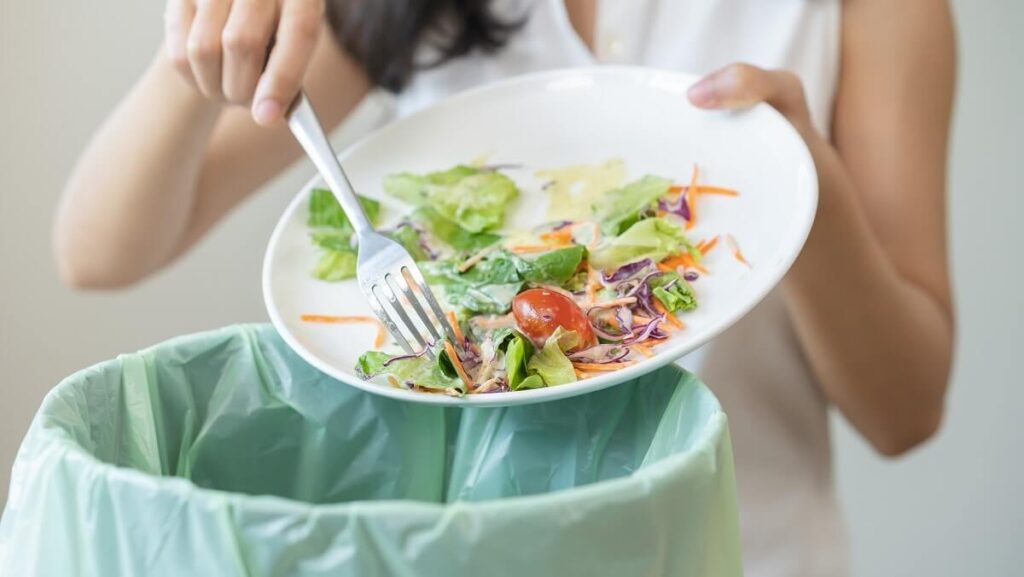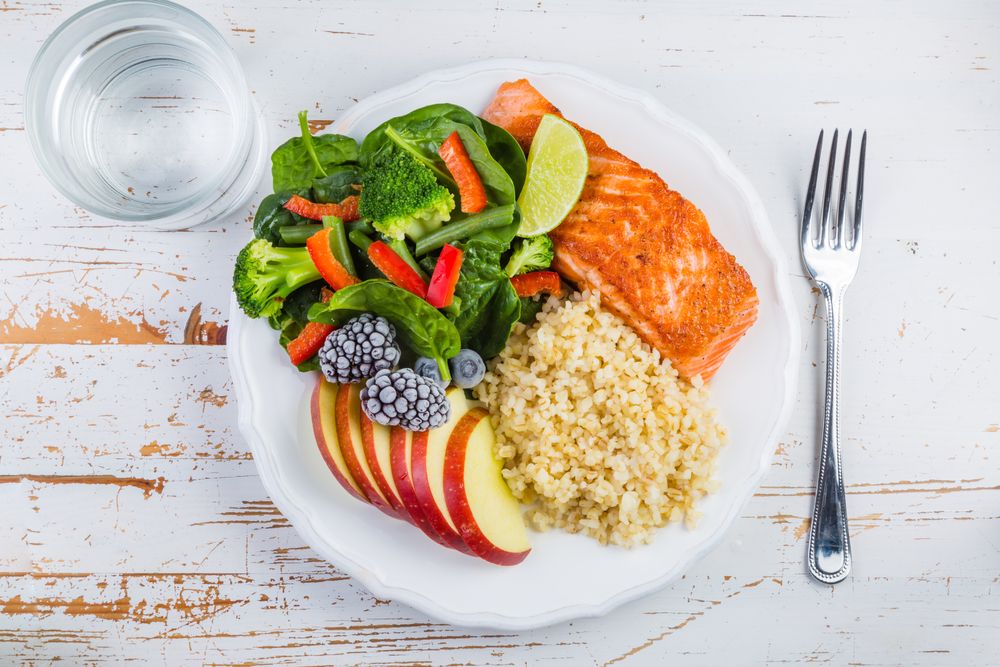Farmers, processors, shippers, and distributors all have a role to play in reducing food waste. As the previous articles in this series have shown, new and emerging technologies may provide some solutions. But what’s also needed is a change in attitudes and behaviors. That’s especially true among consumers – all of us who eat and discard far too much of the food that is grown, processed, shipped, and sold to us.

#1 Plan Meals
Decide what you’ll eat before you go to the store. Then avoid buying too much produce or other items that spoil quickly.
#2 Date Yourself
Look at the “Sell By”, “Use By”, and “Best By” dates on packages. They all mean different things. For example, food that’s beyond the Best By date is still safe to consumer.
#3 Store Properly
Refrigerate items promptly, use airtight containers, and consider freezing what you can’t eat right away. If you live in a warm climate, transport perishable items in your air-conditioned car instead of a hot trunk.
#4 Keep Learning
Learn how to make the most of your groceries. That could mean learning some new food storage and preservation techniques. For example, did you know there are different ways of canning foods at home?
#5 Go FIFO
First In, First Out (FIFO) is an inventory control method. At home, FIFO means arranging your pantry and refrigerator so that older items are used first. This makes them harder to overlook and easier to use first.

#6 Practice Portion Control
Serve and consume appropriate portion sizes so that you can avoid leftovers that might go to waste. It’s different when you’re cooking for teenagers than for small children, or for your family than just yourself.
#7 Embrace the Ugly
Fruits and vegetables with blemishes or blight aren’t always a lost cause. Cut away the parts that you can’t or don’t want to eat. Then consume the rest.
#8 Cook Creatively
Get creative with using leftovers. Make them into new meals instead of letting them go to waste. Soups are a great way easy way to do this.
#9 Donate Surplus
Do you have non-perishable food items you won’t use? Maybe you bought too much canned corn just because it was on sale. Consider donating to a local food bank or charity.
#10 Make Compost
If food waste is unavoidable, compost it instead of sending it to the landfill. Composting turns organic waste into nutrient-rich soil, which we can’t live without since soil provides humans with most of our food.
We hope you’ve enjoyed this series of articles from Go Natural Education and invite you to learn more about the cost and consequences of food waste. In the United States, the average household could save at least $1500 per year! Why not put that money back into your bank account? In addition to better health, you’ll enjoy knowing that you’re doing your part to help Mother Earth feed a hungry planet.